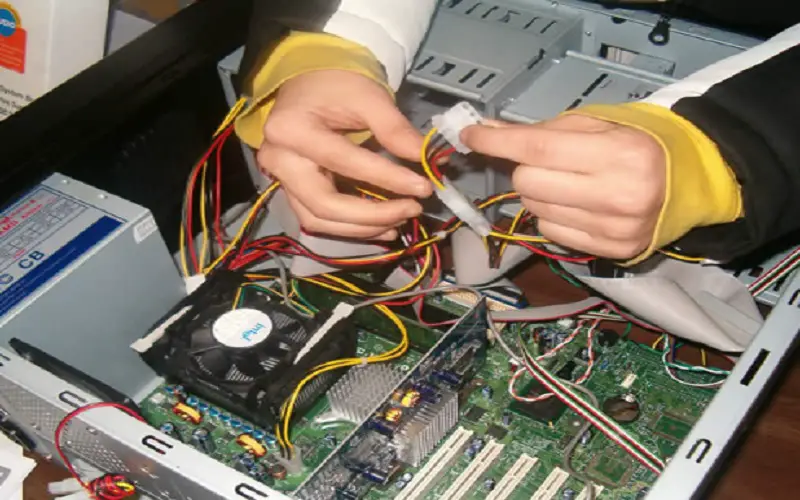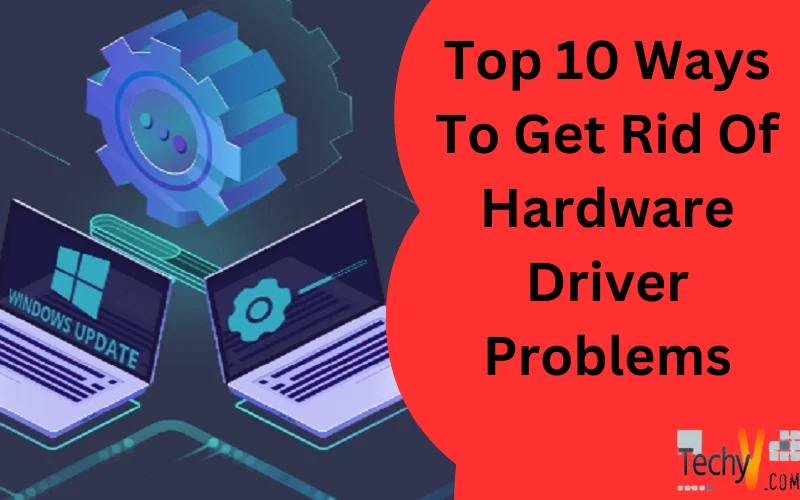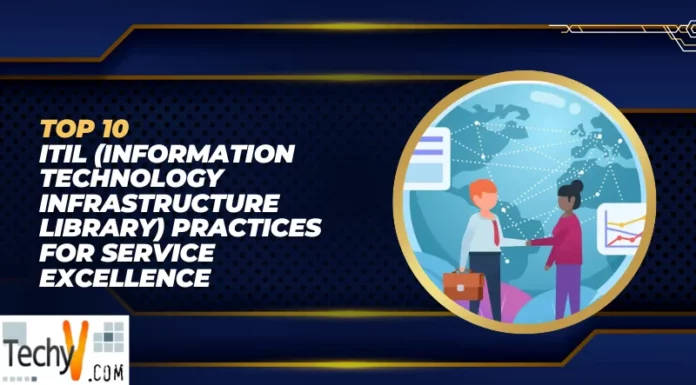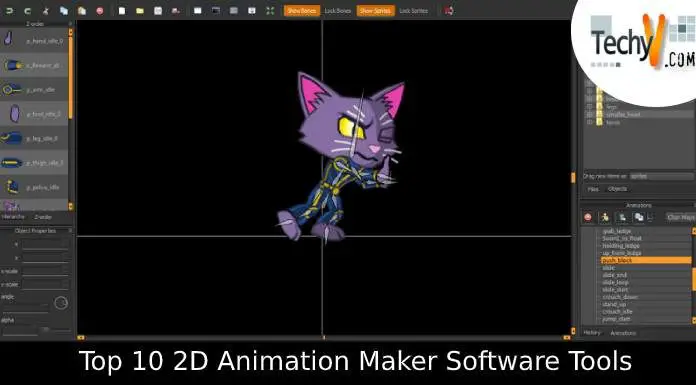Dealing with hardware driver problems can be a perplexing task, as these issues can disrupt the functionality of your computer or device. Hardware drivers act as crucial bridges between your operating system and hardware components, ensuring smooth communication. However, when these drivers encounter problems, it can lead to errors, crashes, and malfunctions. This article explores the top 10 effective methods to resolve hardware driver problems and restore the optimal performance of your system. By delving into these solutions, you can gain insights into troubleshooting techniques that are simple to implement, helping you overcome hardware driver challenges and maintain a smoothly running computer or device.
1. Keep Your System Current: The Power Of Updating Drivers
Within the realm of addressing hardware driver issues, updating drivers emerges as a potent solution. Hardware drivers act as essential connectors between your operating system and various hardware components. Outdated or incompatible drivers can trigger performance issues or malfunctions. Updating drivers involves acquiring the latest versions from the manufacturer, which often includes bug fixes and improvements. By ensuring your drivers are up-to-date, you can resolve compatibility problems, enhance stability, and enable your hardware to work seamlessly with your system. Regularly updating drivers is a fundamental step to tackle hardware driver problems and optimize your overall computing experience.
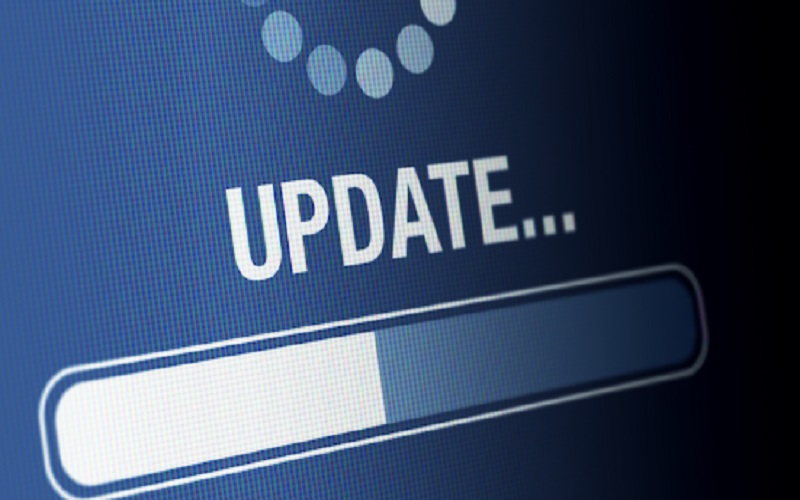
2. Harness Windows Update: A Key Solution For Hardware Driver Issues
When it comes to tackling hardware driver problems, leveraging the capabilities of Windows Update is a strategic approach. Windows Update is a built-in feature in the Windows operating system that delivers updates, including driver updates, from Microsoft. These updates can address compatibility issues, fix bugs, and improve the overall performance of your hardware. By regularly checking for and installing updates through Windows Update, you ensure that your system benefits from the latest driver improvements provided by the operating system. This proactive step empowers you to eliminate hardware driver problems, optimize your computer’s functionality, and maintain a hassle-free computing experience.
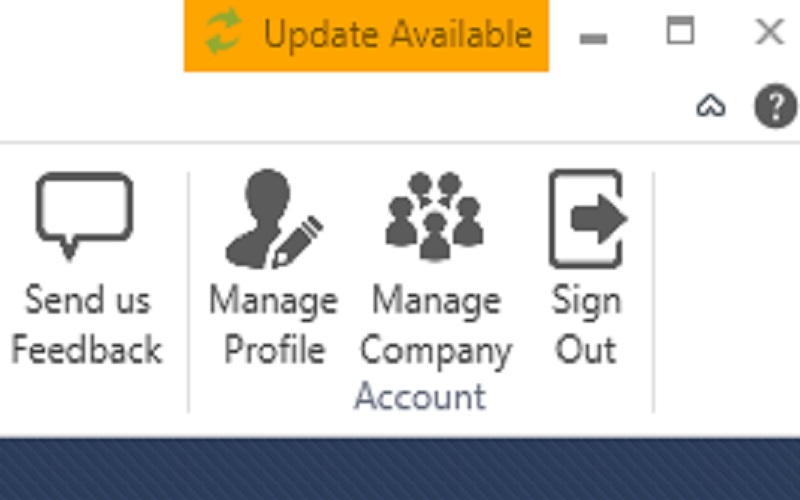
3. Mastering Device Manager: A Practical Approach For Hardware Driver Issues
Within the realm of troubleshooting hardware driver problems, becoming proficient in using Device Manager stands as a valuable technique. Device Manager is a built-in tool in Windows that allows you to manage and control hardware devices and their drivers. By accessing Device Manager, you can identify problematic drivers with warning icons, update drivers, roll back to previous versions, or uninstall drivers causing issues. This tool offers a streamlined way to address hardware driver problems, ensuring that your devices are functioning optimally. Becoming adept at utilizing Device Manager empowers you to take charge of your system’s hardware components and maintain a smoothly running computer or device.
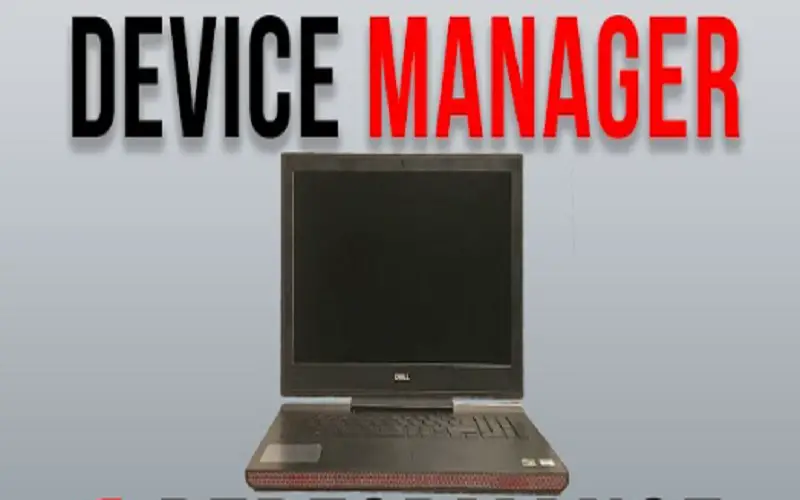
4. Empower With Driver Update Tools: A Swift Solution For Hardware Issues
When grappling with hardware driver problems, harnessing the capabilities of driver update tools emerges as a swift and effective strategy. Driver update tools are third-party software designed to scan your system, detect outdated or incompatible drivers, and then offer updated versions from manufacturers’ databases. These tools simplify the process of keeping your drivers current, ensuring compatibility, stability, and improved performance for your hardware components. By utilizing reputable driver update tools, you streamline the driver update process, eliminating potential compatibility issues and allowing your system to run smoothly with updated and optimized drivers.
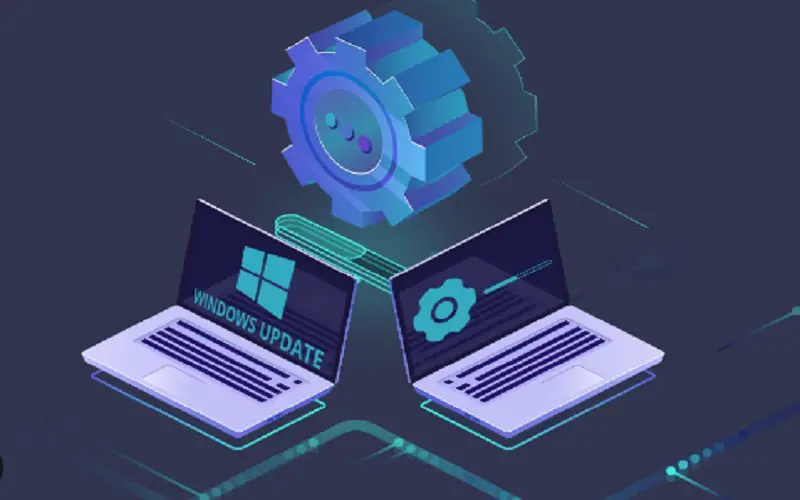
5. Reverse And Resolve: Rolling Back Drivers For Hardware Issues
In the journey of addressing hardware driver problems, the option to roll back drivers emerges as a strategic maneuver. Rolling back drivers involves reverting to a previous version of a driver that was working well before encountering issues. This approach can be valuable when an updated driver triggers problems or conflicts. By accessing your device’s properties in Device Manager, you can select the “Roll Back Driver” option to undo recent driver updates. This action can often eliminate issues caused by incompatible or faulty updates, restoring your hardware’s stability and smooth operation. Mastering the art of rolling back drivers empowers you to regain control over your system’s performance and resolve hardware driver problems efficiently.
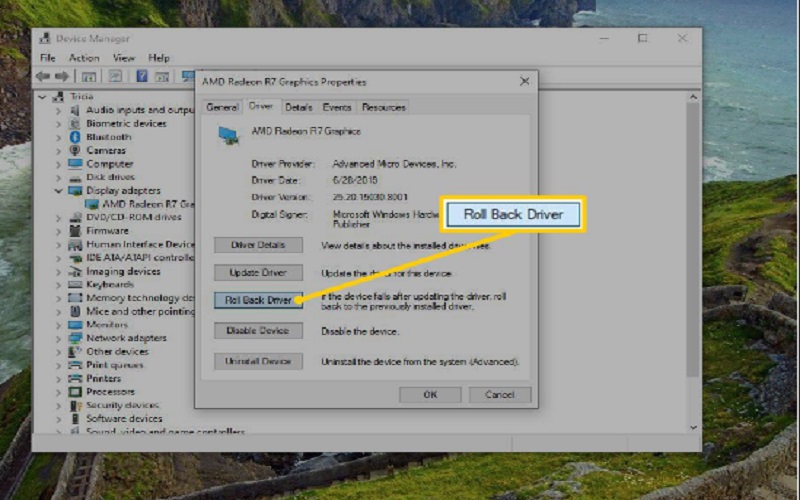
6. Secure Resolutions: Utilizing Safe Mode For Hardware Driver Challenges
In the realm of overcoming hardware driver problems, employing Safe Mode stands out as a secure and strategic approach. Safe Mode is a diagnostic mode in which your computer operates with minimal drivers and only essential functions. By booting your system into Safe Mode, you can isolate and troubleshoot hardware driver issues more effectively. This method helps determine whether the problem is caused by a specific driver or if there’s an underlying compatibility concern. Safe Mode provides a controlled environment for diagnosing and addressing hardware driver problems, allowing you to implement solutions without interference from unnecessary drivers or software. Mastery of Safe Mode empowers you to identify and resolve driver-related issues while ensuring the security and stability of your system.
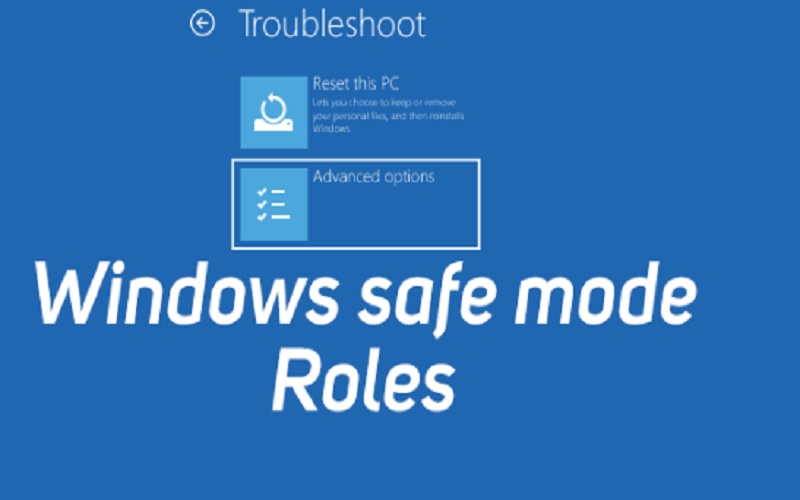
7. Efficient Elimination: Driver Cleanup For Resolving Hardware Issues
In the pursuit of resolving hardware driver problems, conducting a driver cleanup proves to be an efficient strategy. Over time, unused or conflicting drivers can accumulate on your system, leading to compatibility issues and performance glitches. Driver cleanup involves removing these redundant drivers to ensure a clean and streamlined driver environment. You can achieve this by using specialized software designed for driver cleanup or by manually uninstalling unnecessary drivers through Device Manager. By performing regular driver cleanups, you not only prevent conflicts but also optimize your hardware’s performance by ensuring that only essential and compatible drivers are present. This method empowers you to address hardware driver problems proactively and maintain a smoothly running computer or device.
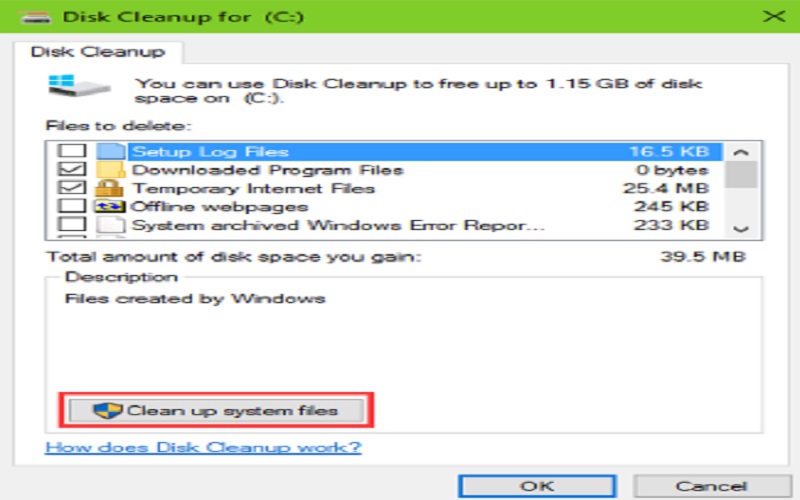
8. Time Travel For Fixes: Using System Restore To Tackle Hardware Issues
When facing hardware driver problems, resorting to System Restore offers a method of undoing recent changes and resolving issues effectively. System Restore is a built-in feature in Windows that allows you to revert your system to a previous state, including driver installations and updates. By utilizing System Restore, you can roll back your system to a point when the hardware driver problem did not exist. This approach helps you address issues caused by recent driver updates or installations that might have resulted in conflicts. By stepping back in time with System Restore, you can restore your hardware’s functionality and stability, ensuring a smoother computing experience without the problematic driver.
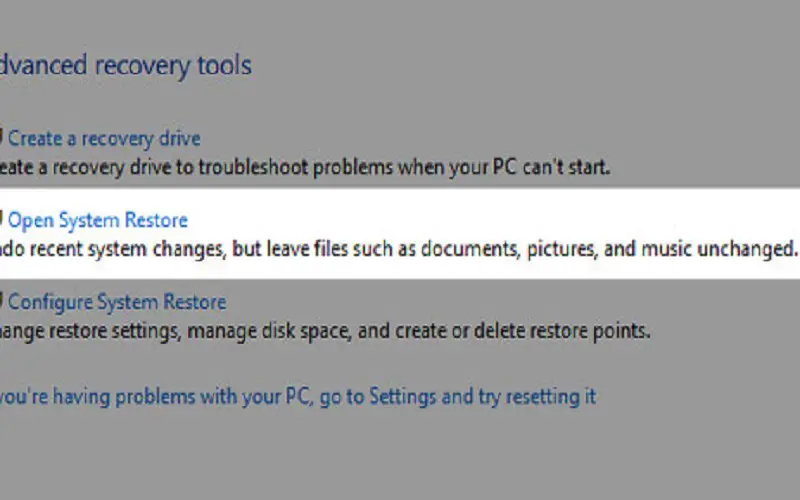
9. Precision Problem-Solving: Leveraging Manufacturer’s Diagnostic Tools For Hardware Issues
Amidst the pursuit of resolving hardware driver problems, tapping into the power of manufacturer’s diagnostic tools emerges as a precise and tailored approach. Manufacturers often provide specialized software designed to diagnose and troubleshoot hardware issues specific to their products. By utilizing these diagnostic tools, you can pinpoint and address driver-related problems more accurately. These tools can scan for outdated or incompatible drivers, recommend updates, and provide insights into potential conflicts. Embracing manufacturer’s diagnostic tools empowers you to navigate hardware driver challenges with expert guidance, ensuring that your hardware functions optimally and compatibility issues are promptly resolved.
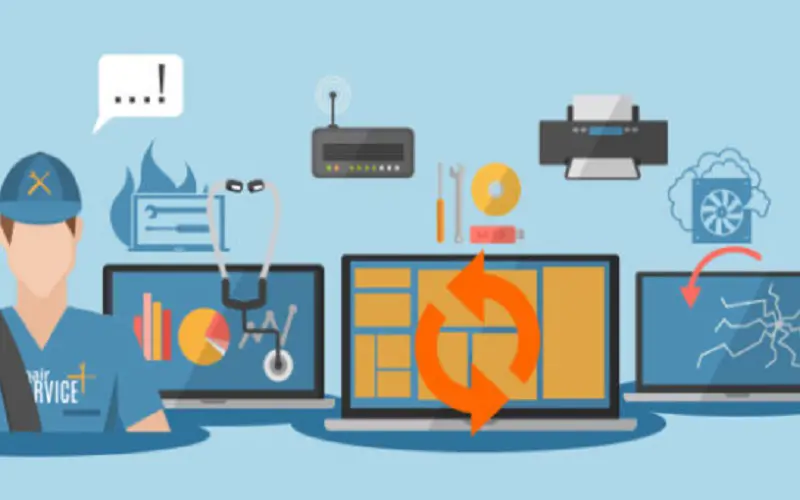
10. Informed Solutions: Checking For Known Issues To Tackle Hardware Problems
In the realm of addressing hardware driver problems, adopting the practice of checking for known issues emerges as an informed and strategic approach. Manufacturers often provide information about known driver-related problems and their solutions on their official websites or support forums. By researching known issues, you can identify if your hardware driver problem has been documented and find recommended solutions or workarounds. This proactive step enables you to tackle the problem using insights from experts who have encountered and resolved similar issues. Keeping yourself informed about known driver-related problems empowers you to implement effective solutions and ensure the smooth functionality of your hardware components.
